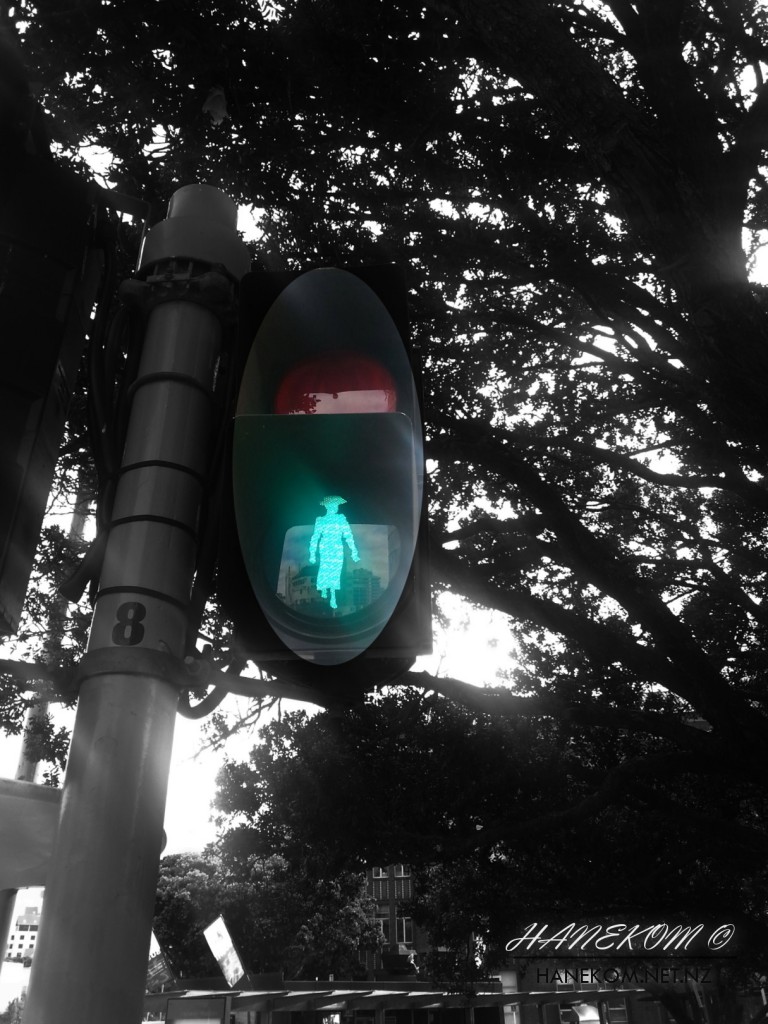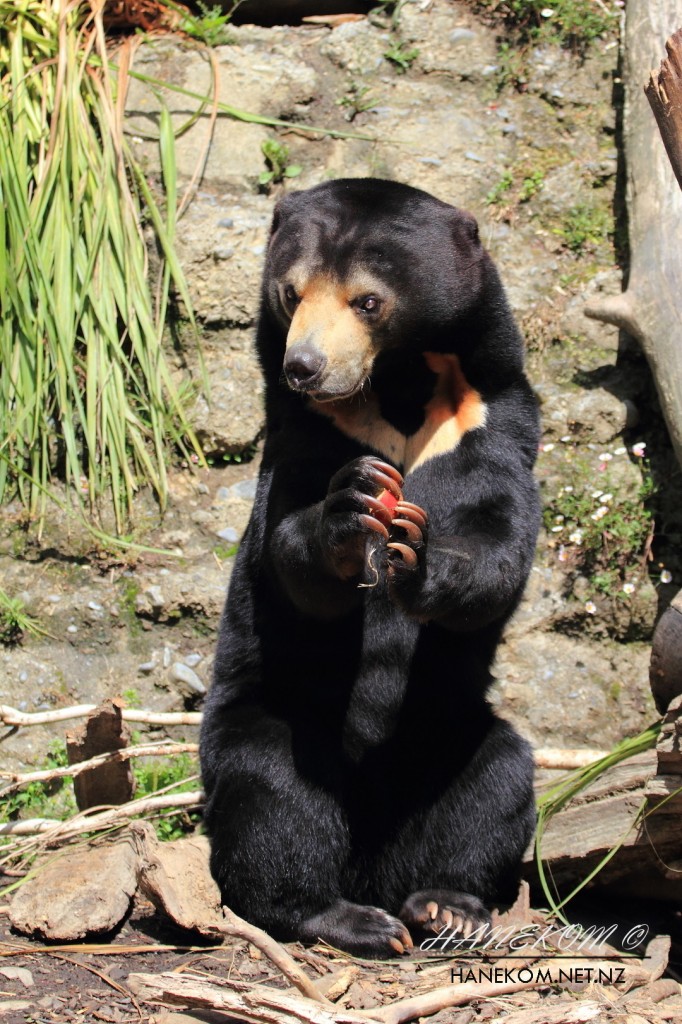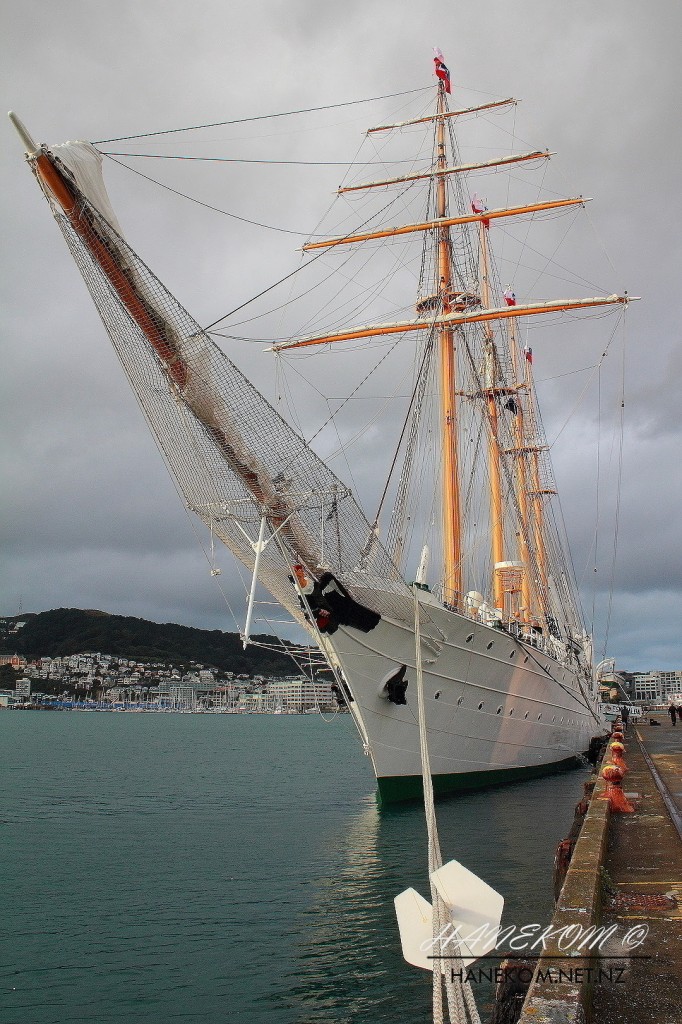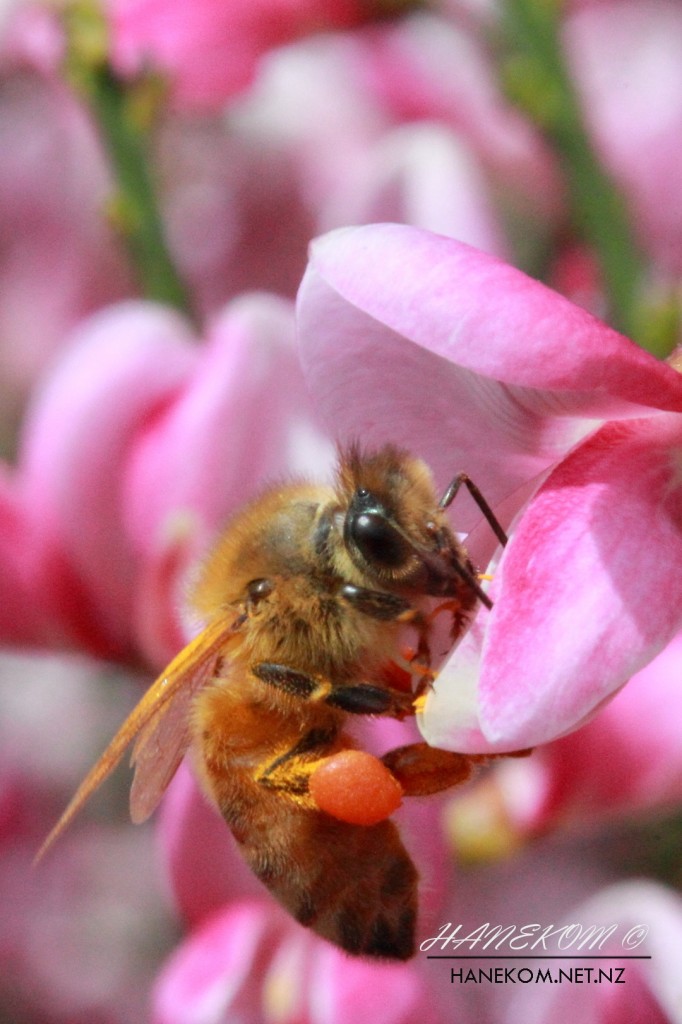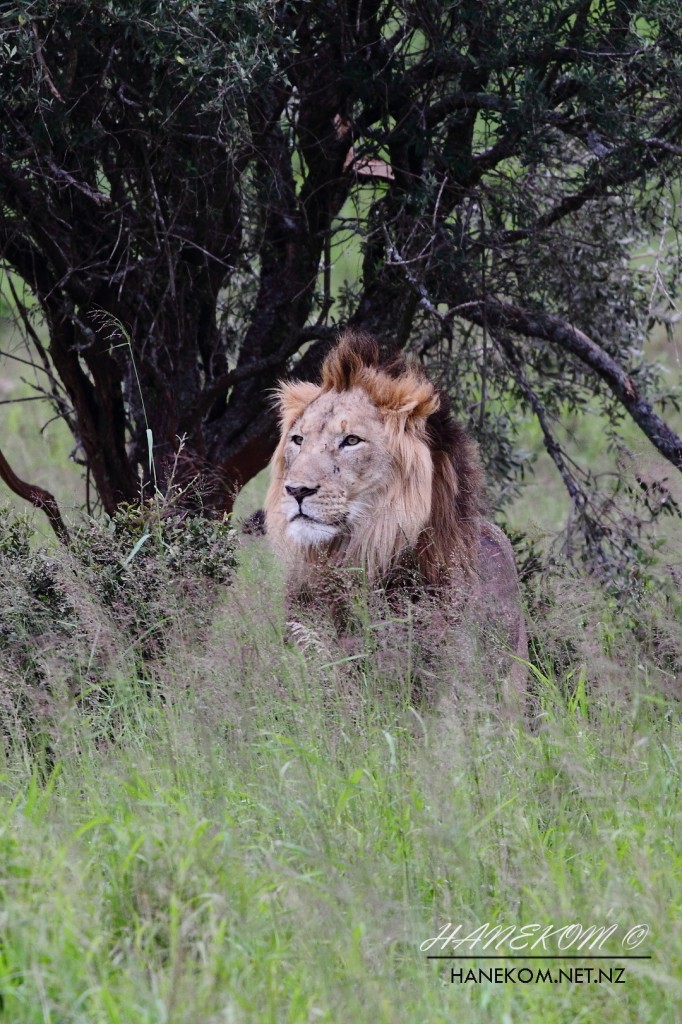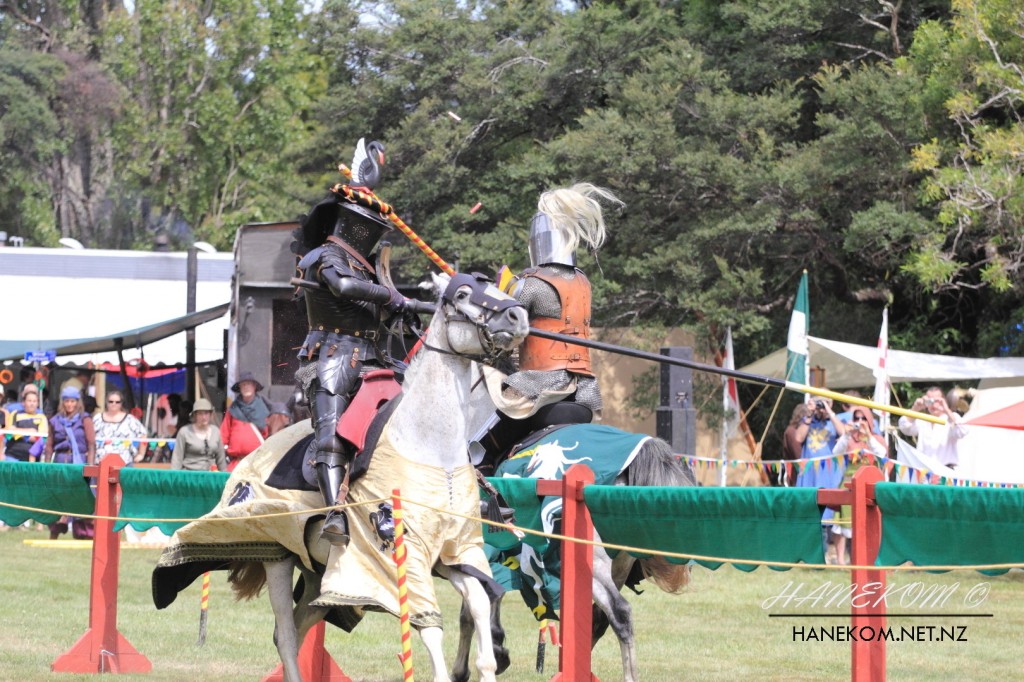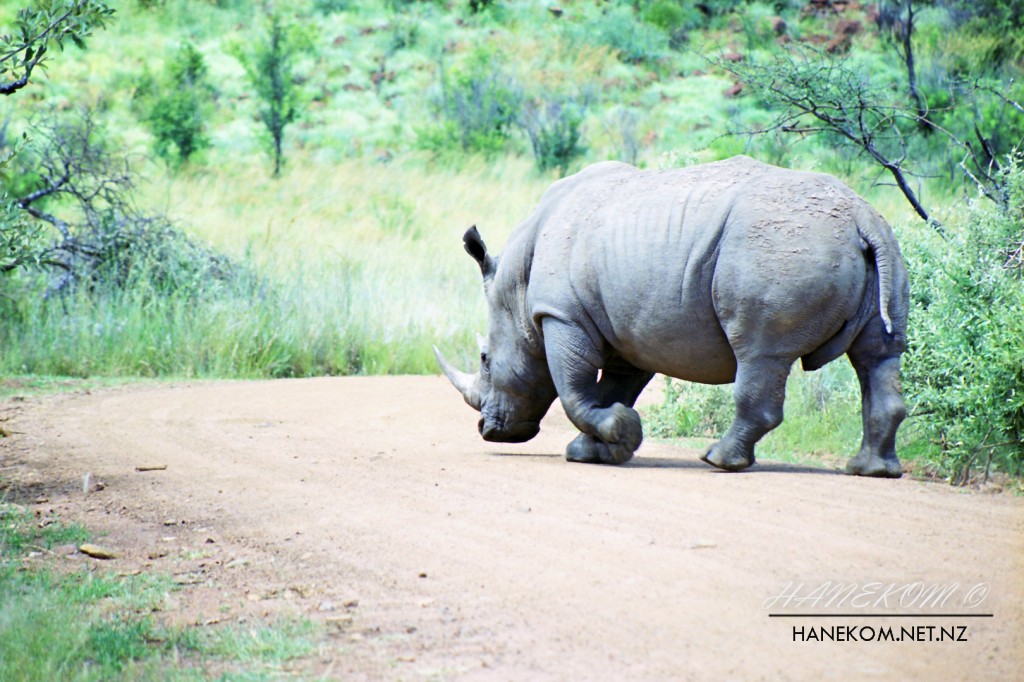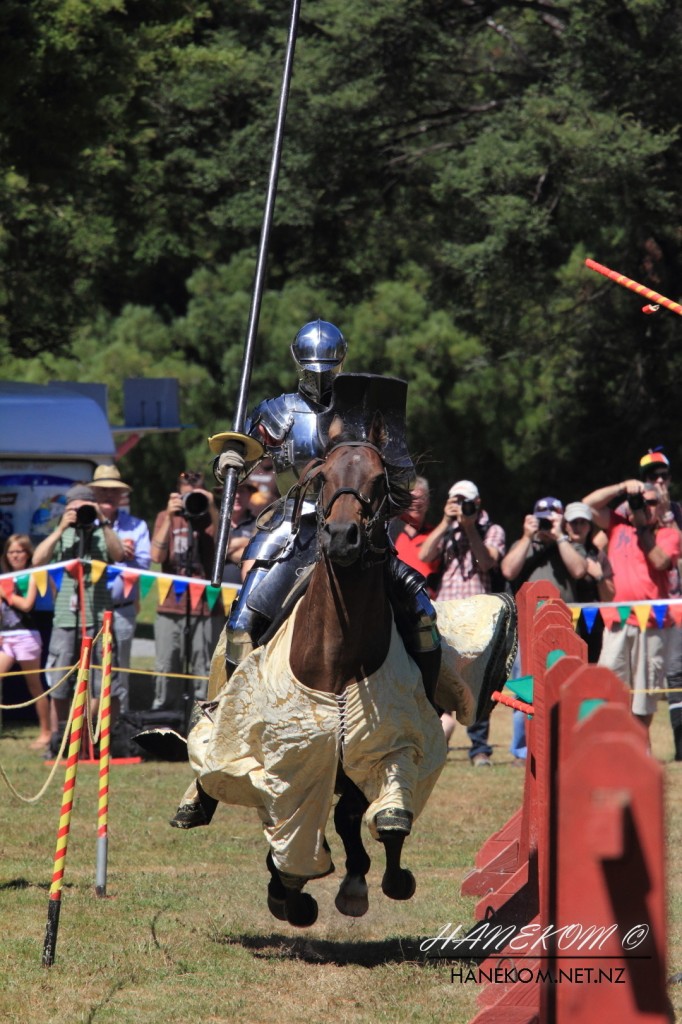The inspiration for bungee jumping comes from an ancient ritual practiced on Pentecost Island of Vanuatu in the Pacific. Jumpers (originally only woman, now only men) jump of high platforms with forrest vines tied to their ankles.
In the 1970s a group of thrill seekers attached to Oxford University; the Oxford University Dangerous Sports Club made a number of experimental jumps.
The Dangerous Sports Club’s efforts inspired New Zealanders AJ Hackett and Henry van Asch and they started to develop new bungy cords with the assistance of scientists from the University of Auckland.
Hackett became the first commercial opperator and promoted the bungy jump (the NZ spelling) by making a number of jumps in Europe in the 1980s including a Jump in the Eiffel tower (for which he got arrested).
Since then millions around the world experiences the thrill rushing towards the ground at free fall speeds.
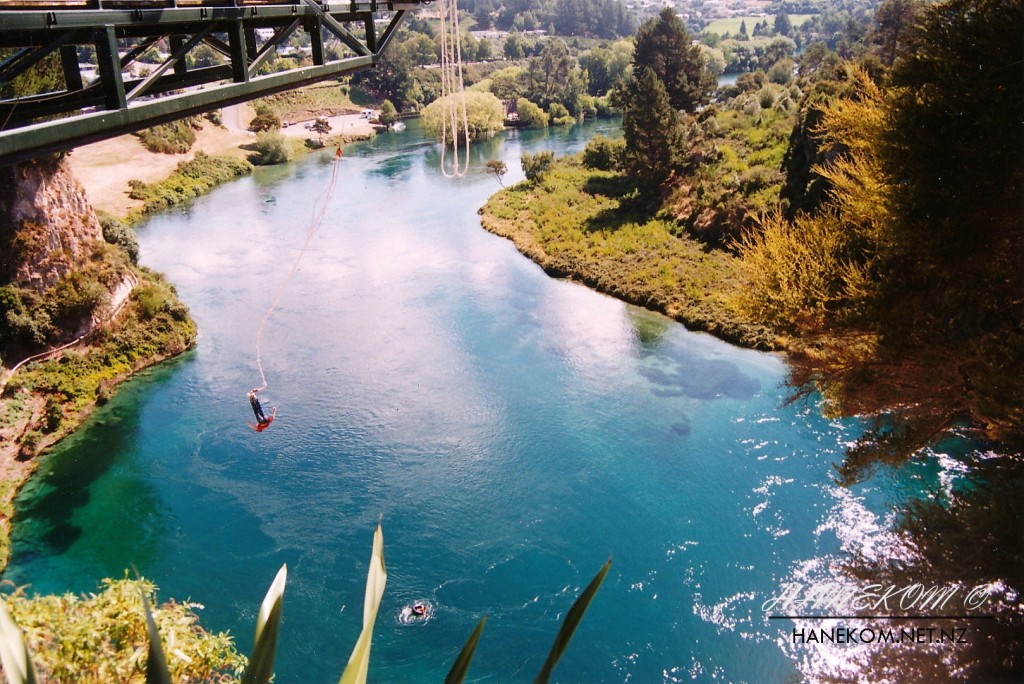
(#84 of 100)
